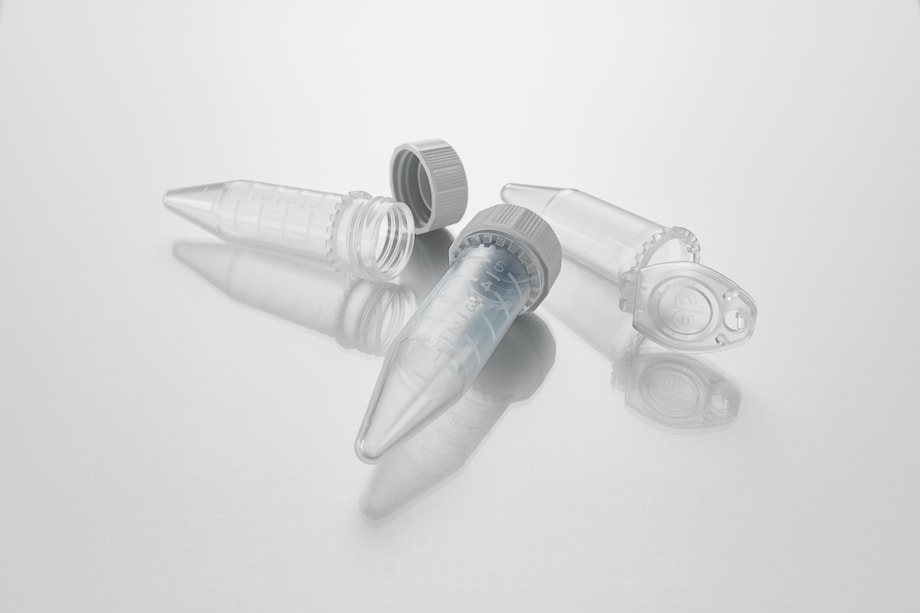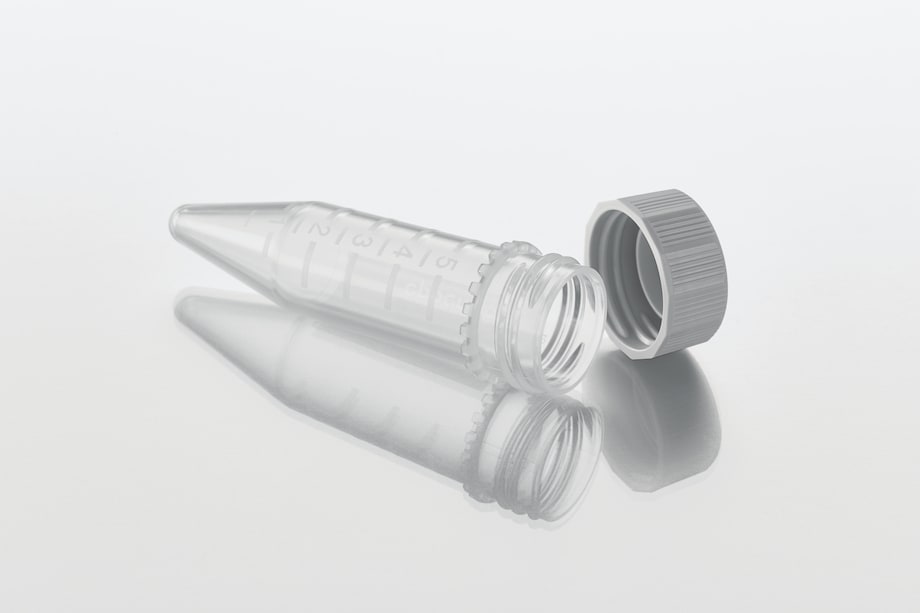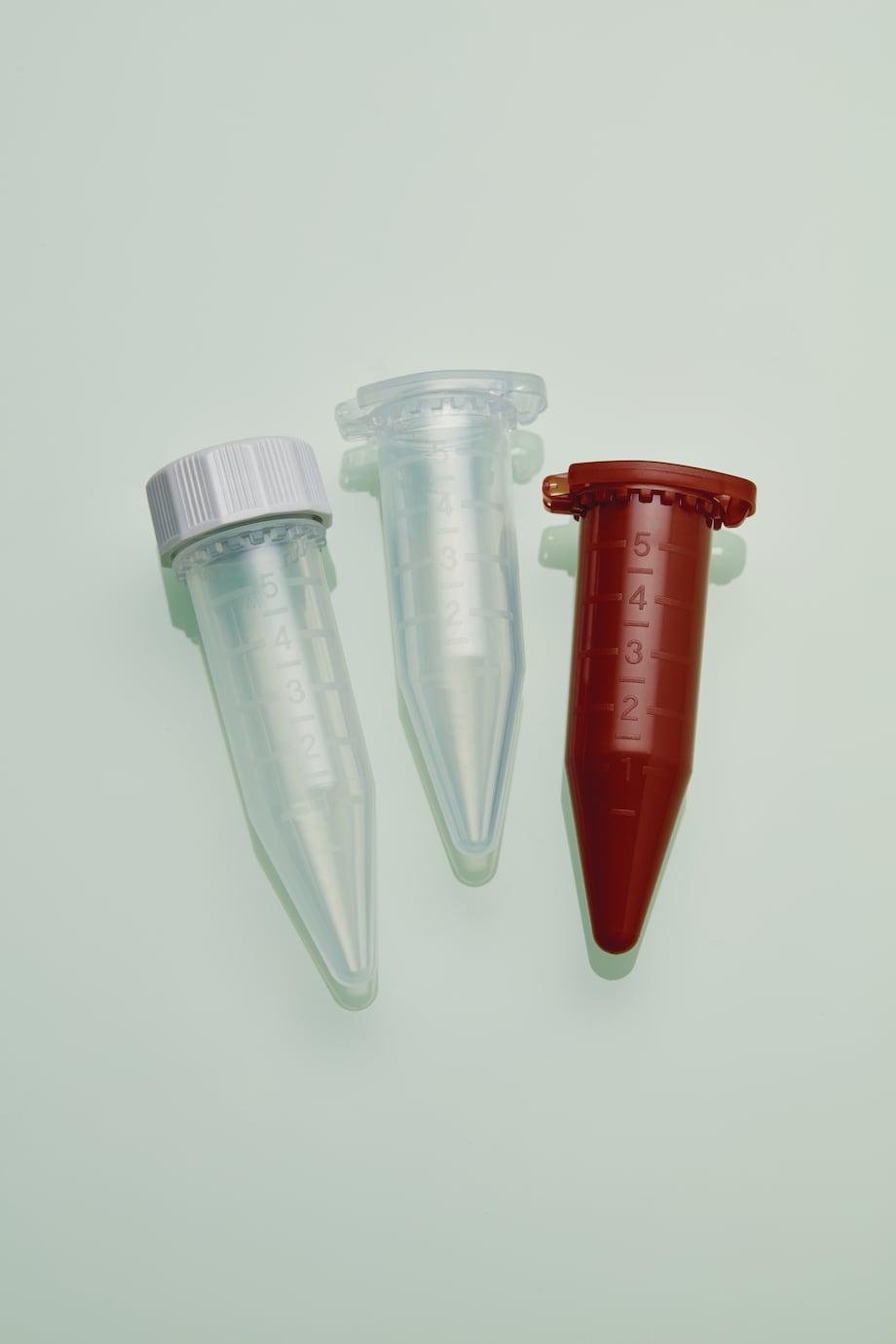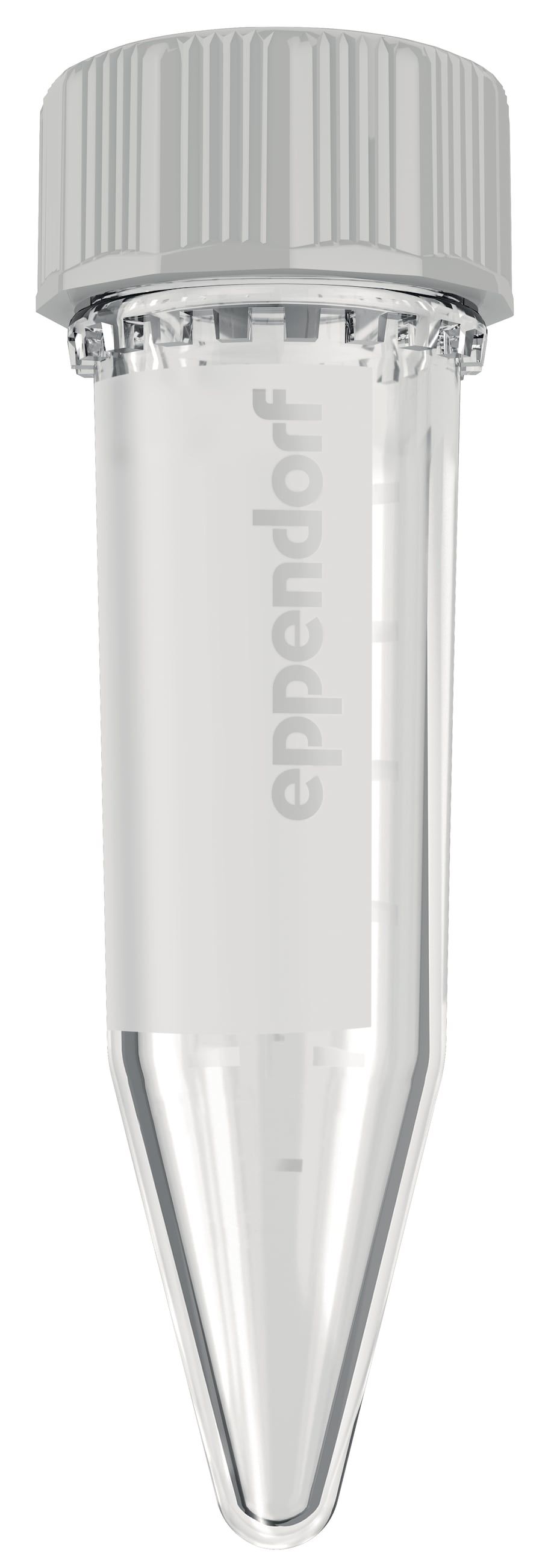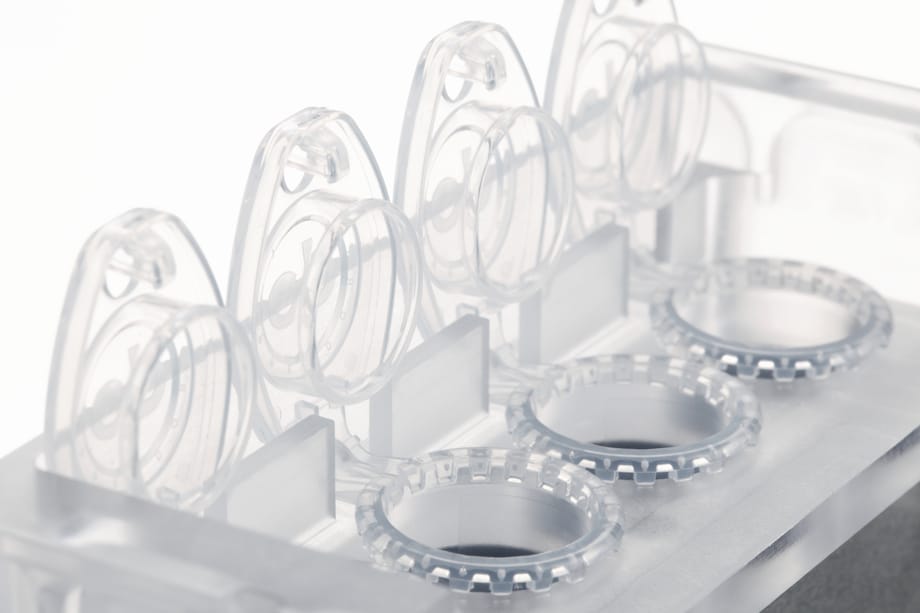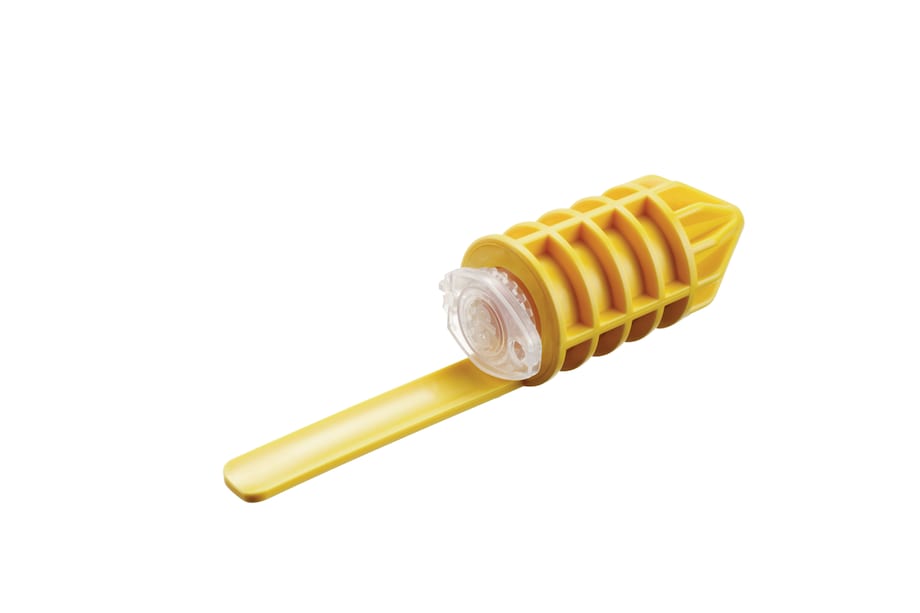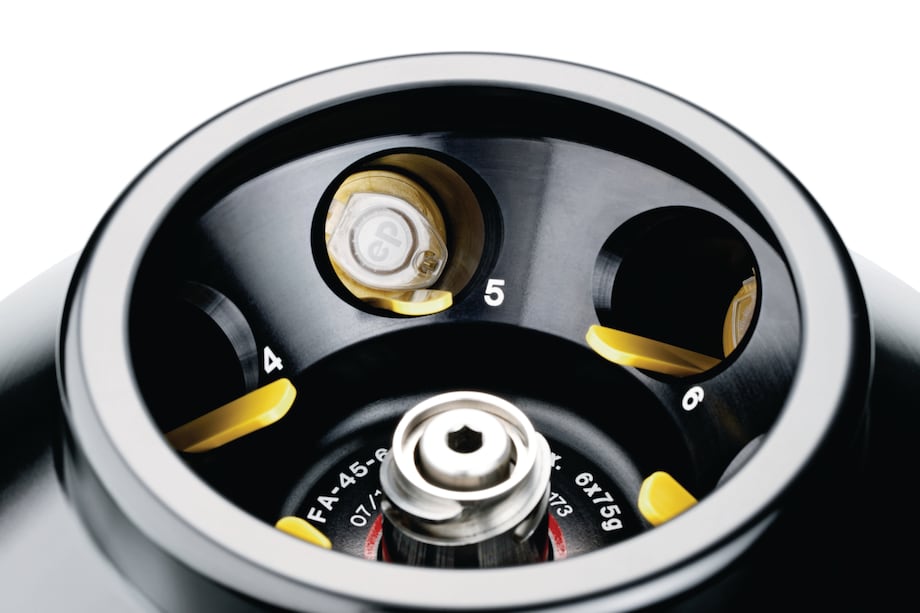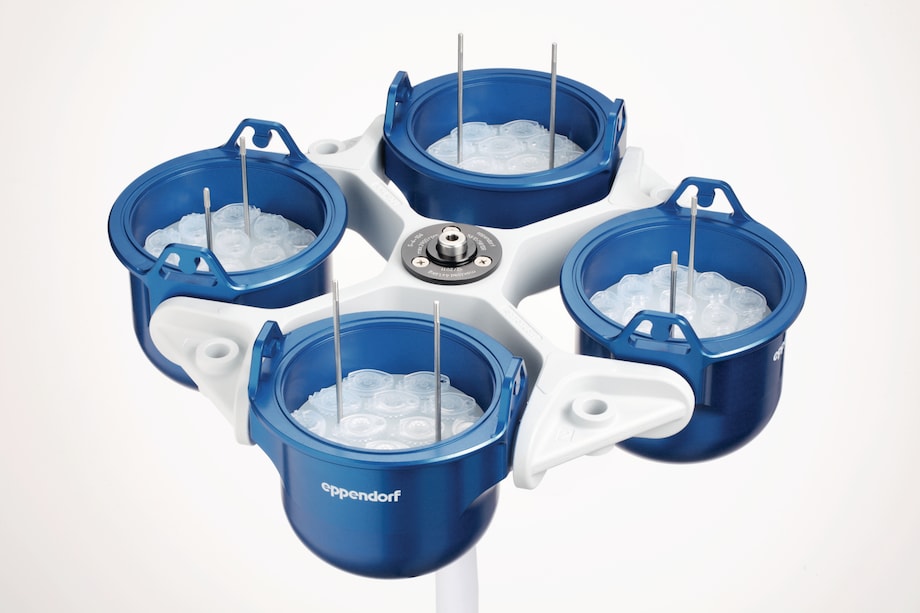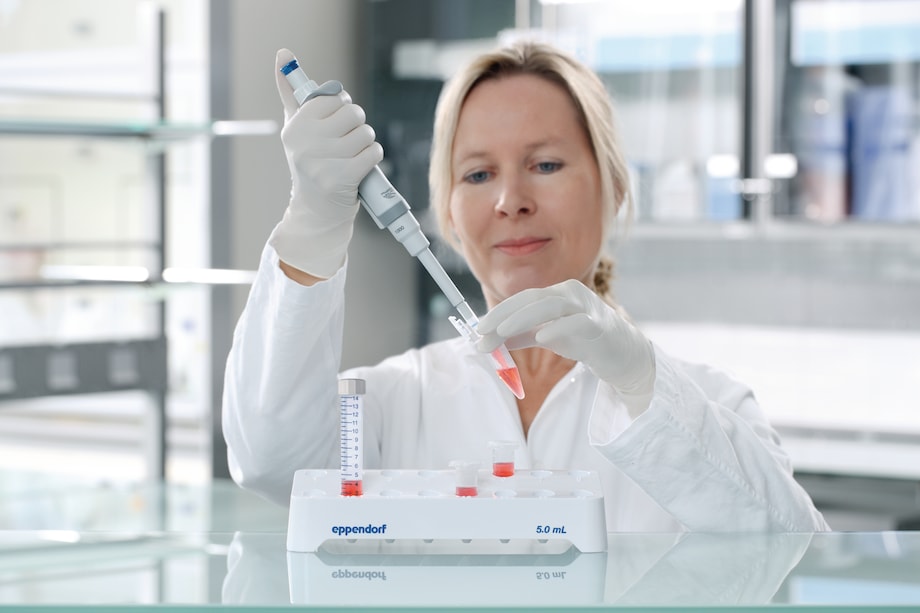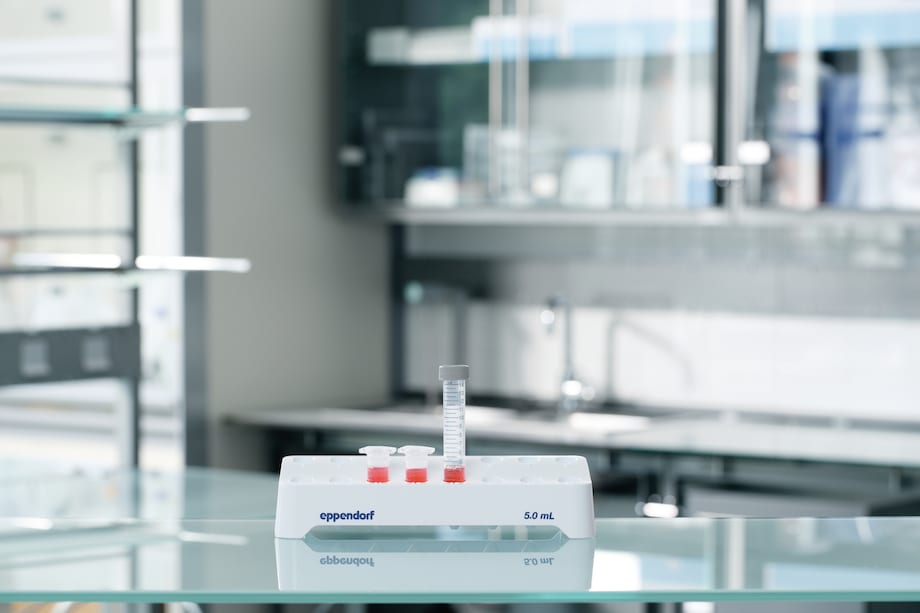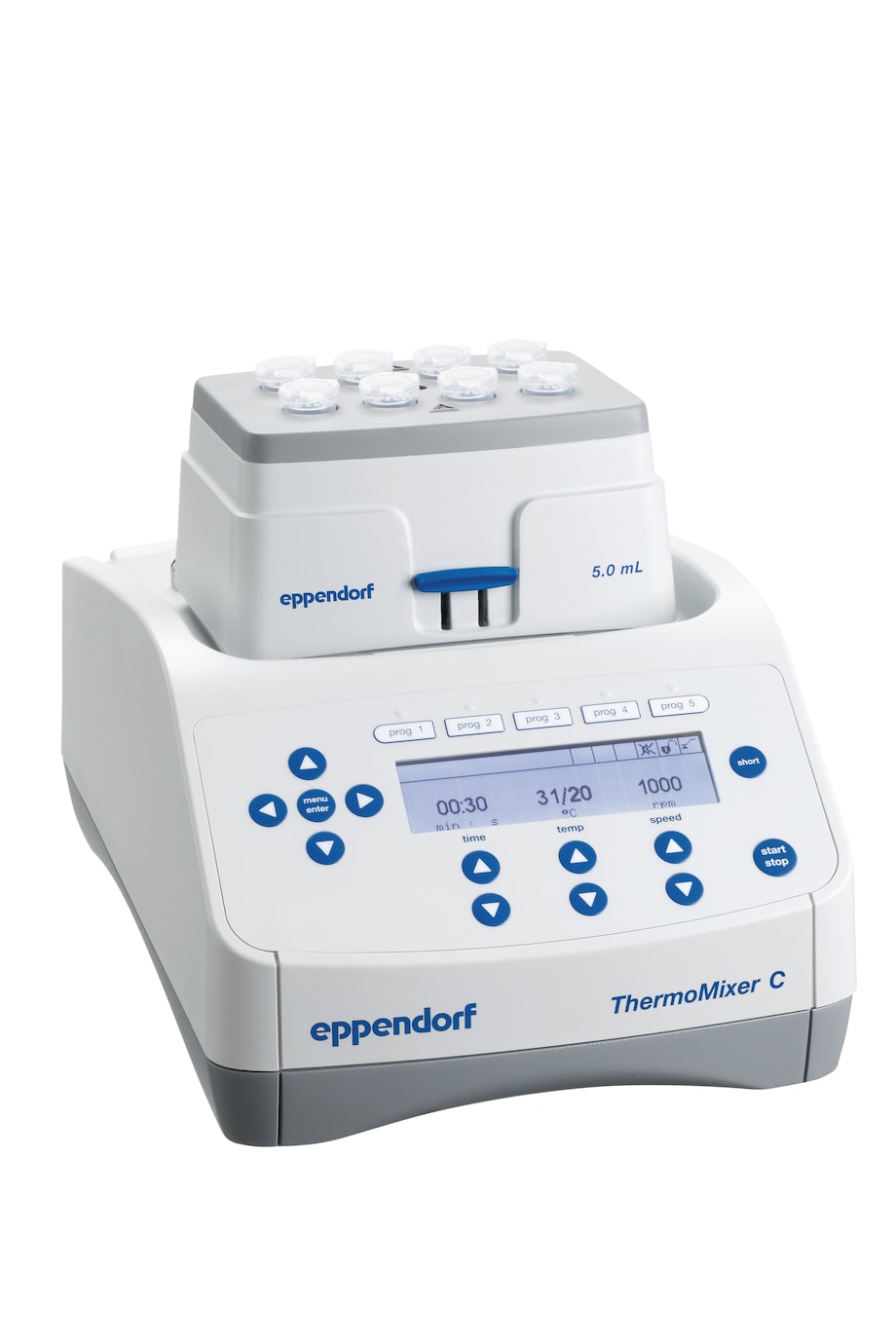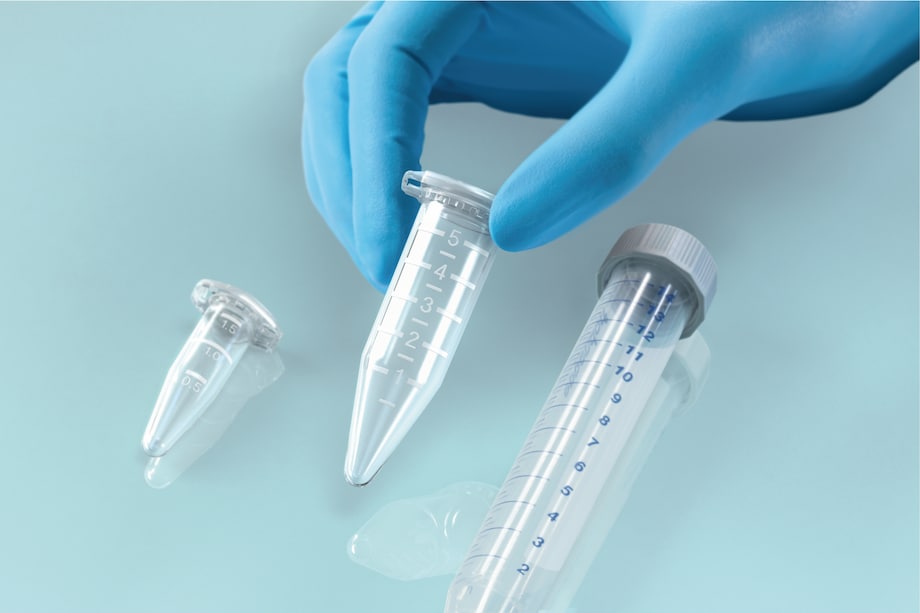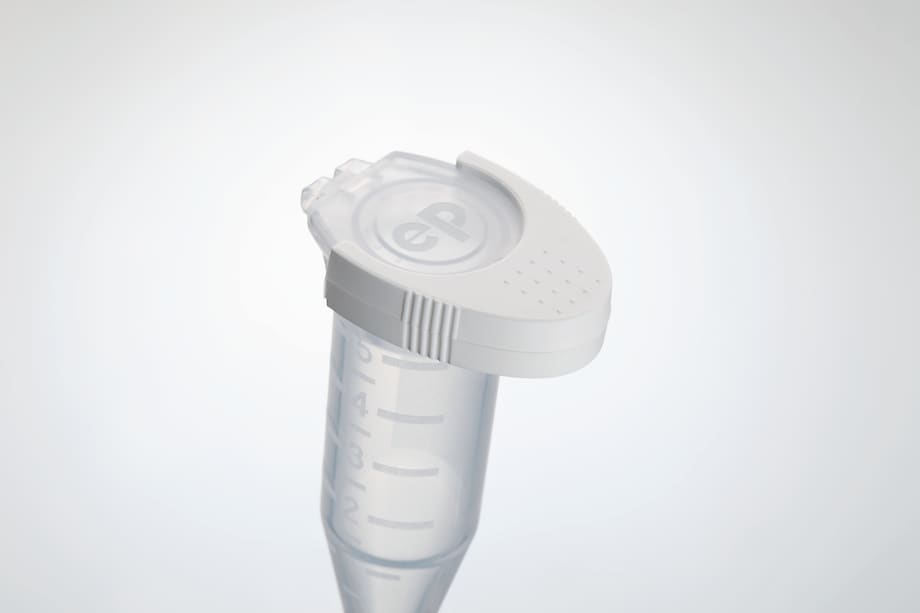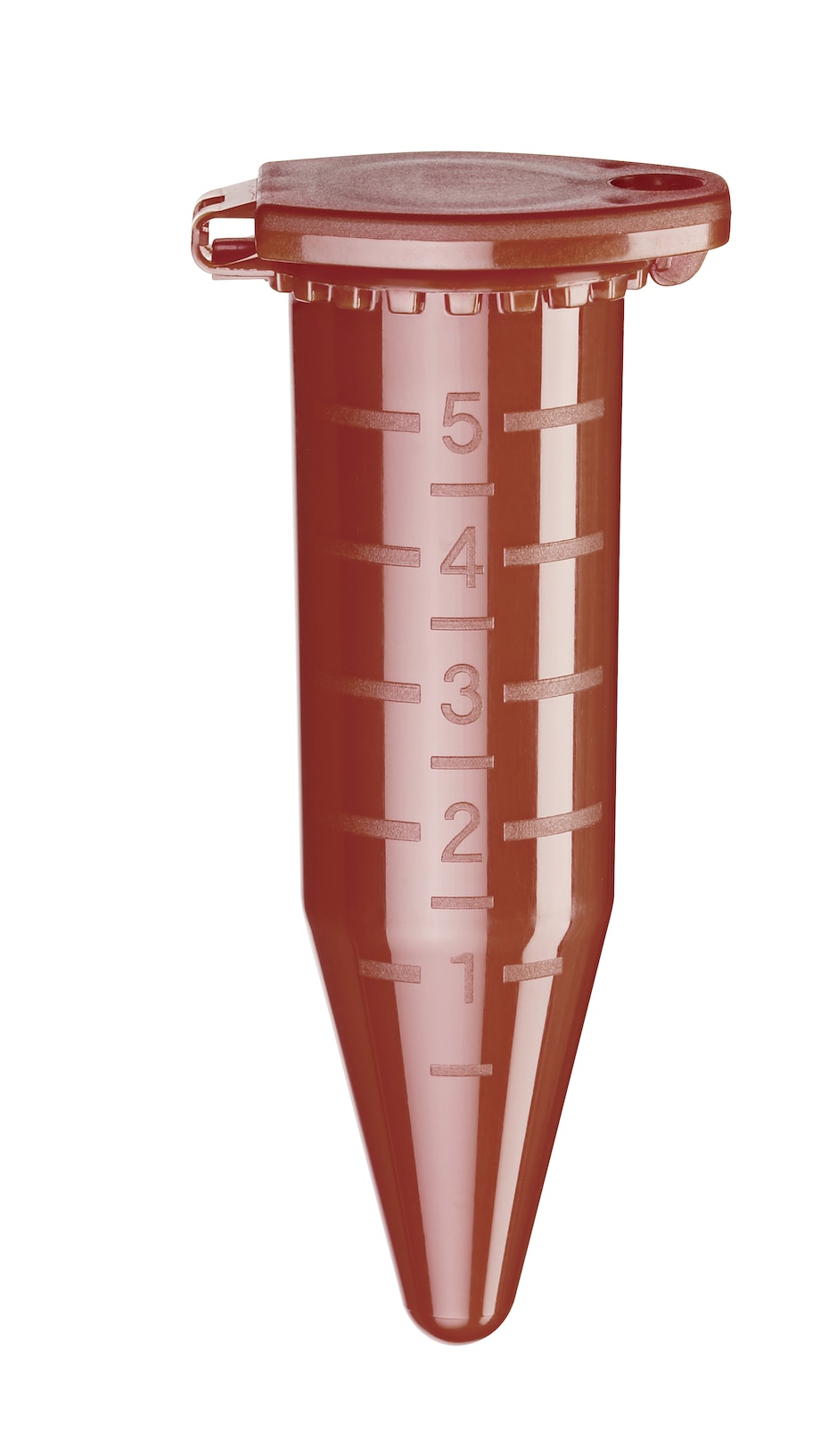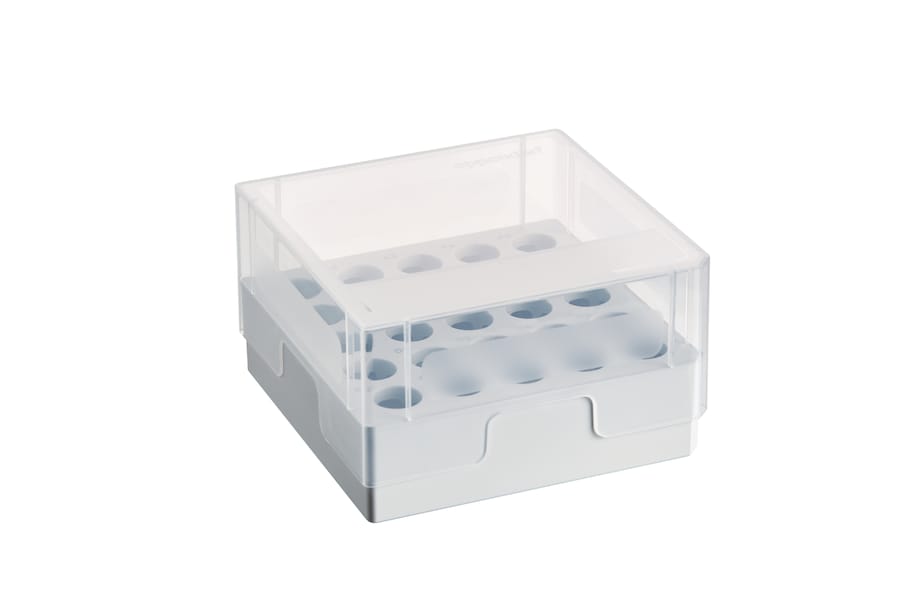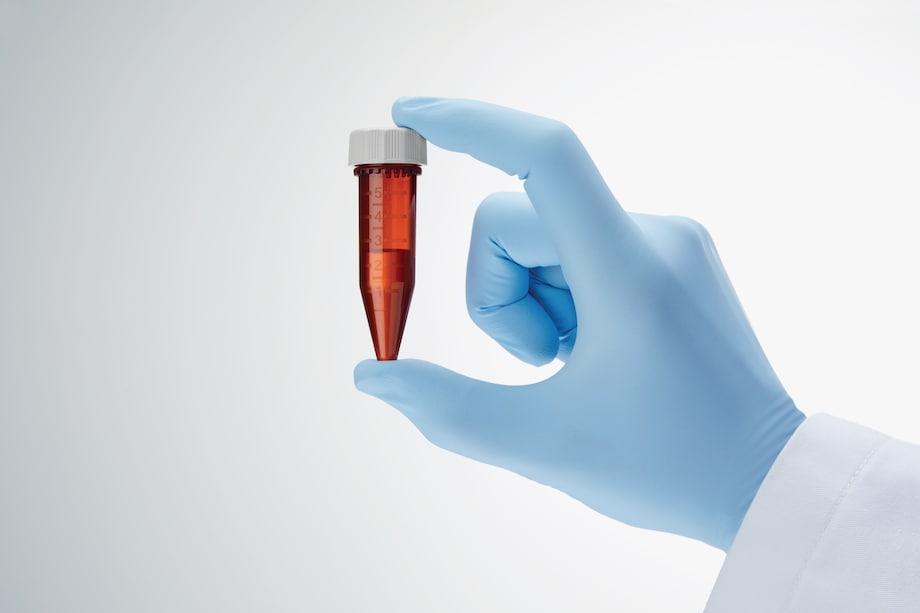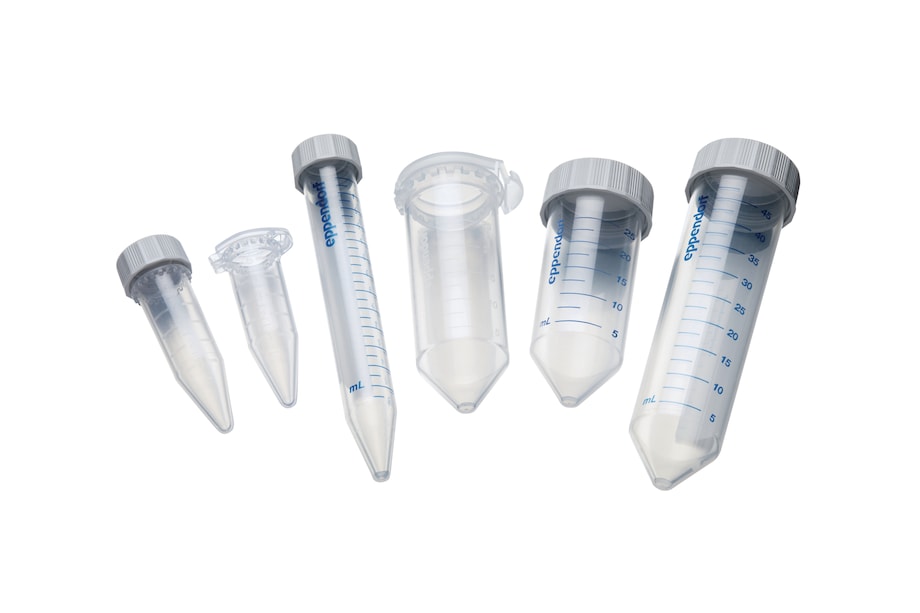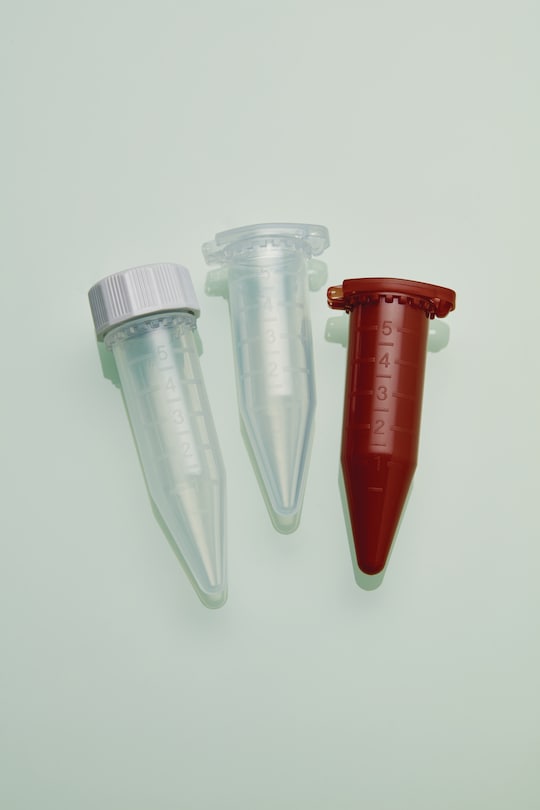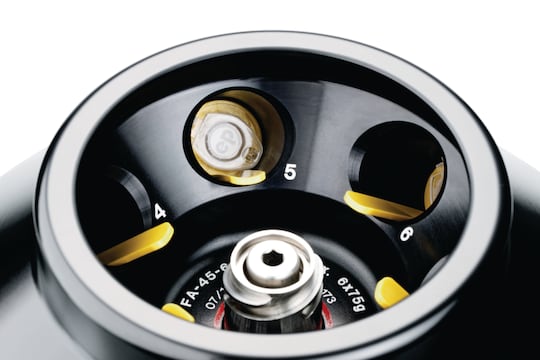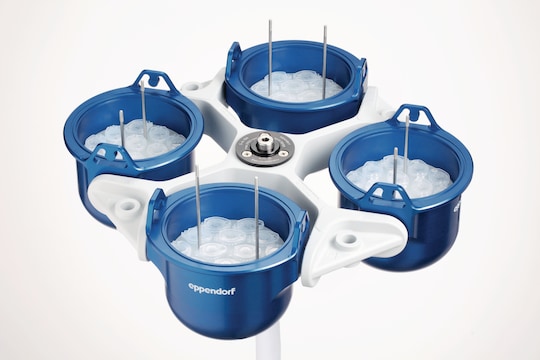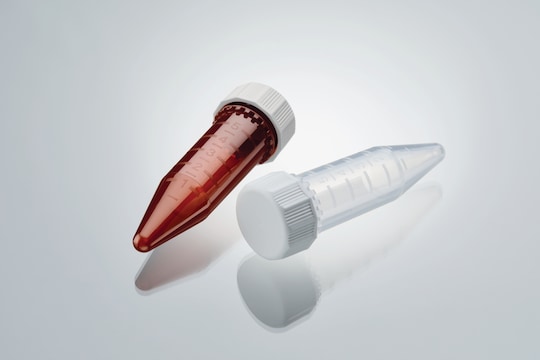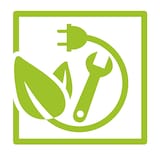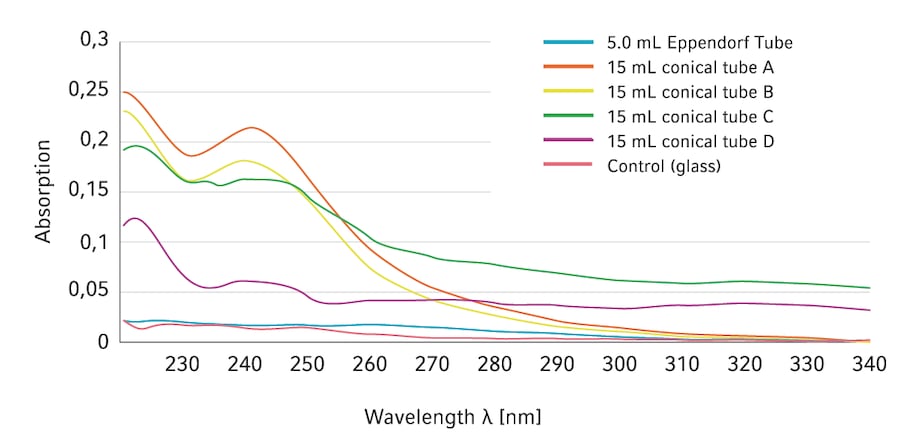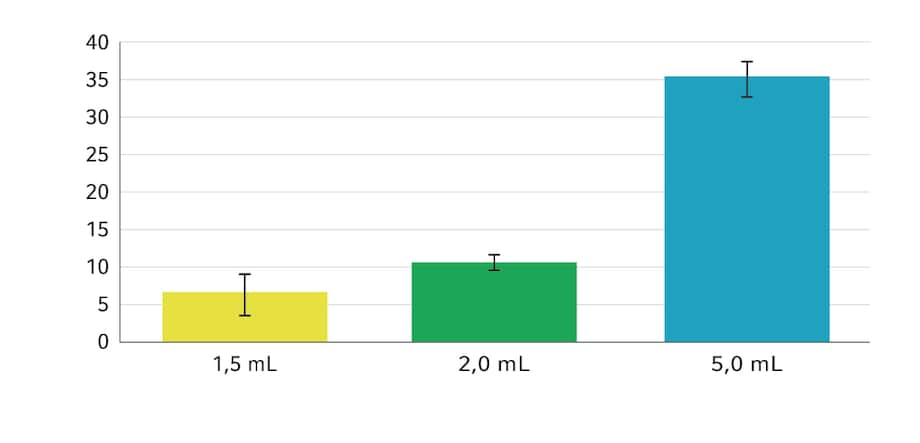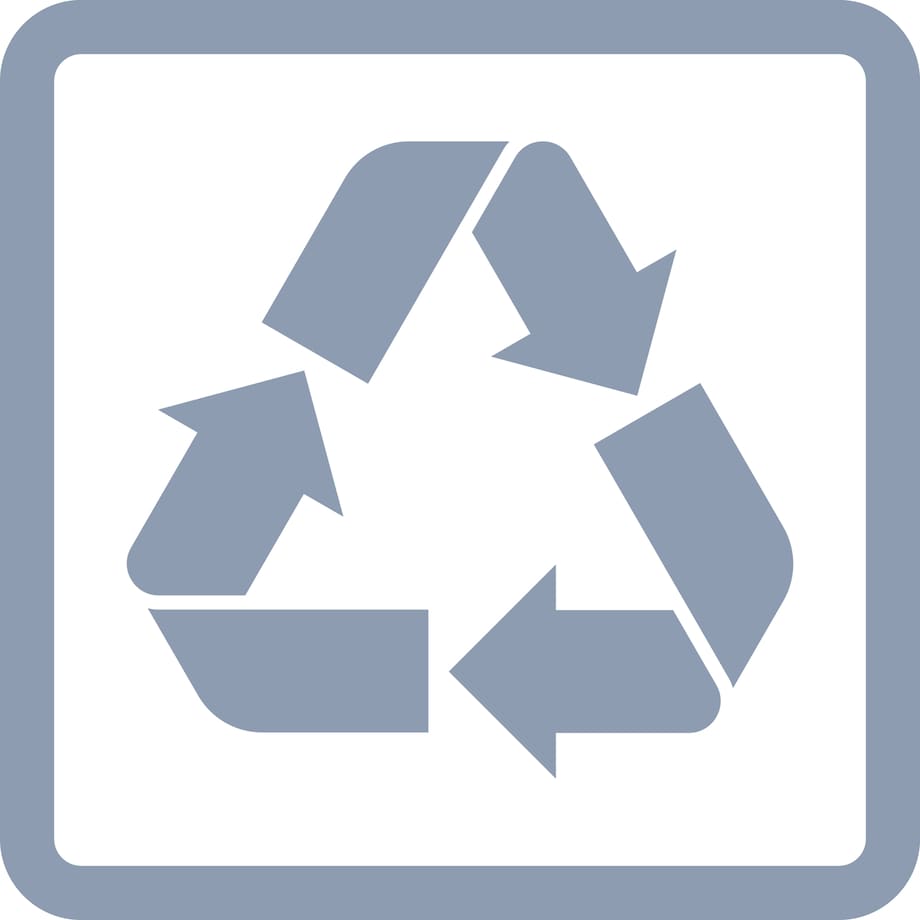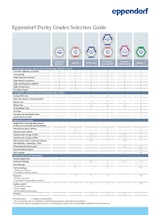No results found
Search Suggestions
Eppendorf Tubes® 5.0 mL - Microtube
Product Information
Working with medium-sized volumes and unsure which microtube to choose? With the ability to process samples from 0.5 mL - 5 mL, Eppendorf Tubes 5.0 mL fill the gap between alternative tube formats and conical tubes for larger volumes up to 5.0 mL.-
Request lot-specific certificates (not applicable for "Eppendorf Quality")
-
Learn more about purity grades available from Eppendorf
You will find additional download material at the bottom of this page
Products (12)
Sets & Bundles (2)
Accessories (15)
|
|
|
|
|
|
|
|
|
|
Added to Your Cart
Product Information
Technical Data
Applications
Features
Product Information
Forget impractical and inconvenient processing of sample volumes and find the right vessel for sample volumes up to 5 mL. Eppendorf microtubes are the benchmark for simple and safe sample preparation with options for an easy-access snap cap or a secure screw cap.
Superior microtubes with unrivalled quality
Ensure your DNA and protein data is as reliable as can be! Eppendorf microtubes are manufactured without the use of slip agents, plasticizers and biocides preventing contaminating leachables interfering with quantification assays.
Graph showing UV absorbance spectra of pure water incubated for 30 mins at 90 °C in tubes from different manufacturers. The data shown was generated using the 5.0 mL snap cap format. For additional information and protocol description please see Application Note 264.
The 5 mL microtube, a complete system
The 5 mL microtube follows 50 years of the Eppendorf microliter system that included the 1.5 mL microtubes, our renowned Thermomixer, Microcentrifuge and Eppendorf pipettes. Building on this established and ever-popular concept, Eppendorf also offers the 5.0 mL system, with componenets that go hand-in-hand with our 5 mL microtubes to help streamline your workflow.
• Eppendorf Tubes® 5.0 mL
• Space-saving Eppendorf tube rack and storage box
• Thermomixer-compatible thermoblocks.
• 5 mL pipettes (manual and electronic) and epT.I.P.S. pipette tips
• Universal centrifuge adapters, including high-speed options, for use in existing rotors
• Adapters for use in epMotion automated workstation
The original 5 mL system from Eppendorf offers many benefits to help you work with medium-sized volumes up to 5 mL.
• Simplified sample processing
• Reduced risk of contamination - easy access to sample and a lower risk of spillage
• Convenient for the preparation of mastermixes and buffers – no more splitting large volumes between several tubes!
• Suitable for cell-based applications – sterile and manufactured from the highest quality materials
• Space-saving – forget processing 5 mL samples in 15 mL conical tubes! Eppendorf 5 mL microtubes fit the gap where others don’t
• Higher DNA yields, even from samples with a limited quantity of source material (see Application Notes 262 and 263)
Graph: Superior DNA yields – low-copy plasmid DNA recovery can be significantly improved by increasing the culture volume. The Eppendorf microtube 5.0 mL minimizes the risk of contamination by eliminating the need to divide samples across smaller tubes.
Disposal of Eppendorf Tubes 5.0 mL and their packaging material
Recycling of materials becomes more and more important every day. E.g. in Europe almost 100 % of cardboard material is already recycled. The packaging material of the Eppendorf Tubes 5.0 mL is made of different materials – for the most part made from cardboard.
Eppendorf consumables and thus also Eppendorf Tubes are shipped in packaging in which both the shipping carton and the folding carton consist of at least 92 % recycled cardboard.
Please support our global sustainability initiative of recycling valuable raw material by collecting the cardboard packaging material of tubes. Dispose of the packaging material in the designated collection containers in your organization and region. In respect to the wrapping foils made of Polyethylene (PE) we recommend you select a dedicated recycling partner where PE material can be recycled. Contact your facility or local waste management company to understand the available recycling options for your organization.
After usage, the tubes themselves are defined as potentially being contaminated. This contamination can be based on biohazard, chemical hazard, or even nuclear hazard. Therefore, recycling of these vessels can be challenging. In many countries, critical waste must be burned due to legal restrictions. However, energy and heat can be recovered from thermal recycling of contaminated laboratory consumables.
To reduce the amount of critical plastic waste, you should use at least two waste containers: One for critical waste and one for non-critical waste. The definition of these two groups may depend on local regulations and should be communicated/ trained in your lab accordingly. For further local waste recycling options please contact your local biosafety officer and your local waste management.
We strongly recommend a certified local recycling partner. Keeping it "local" will reduce the impact of transportation, and the "certified" aspect is recommended due to the safe and sustainable handling of lab waste.
Downloads: Eppendorf Tubes® 5.0 mL
Content
Filter
Reset all
documentLanguage (2)



